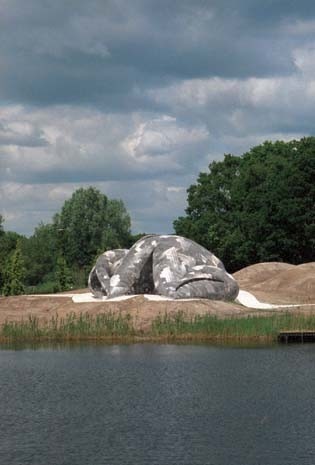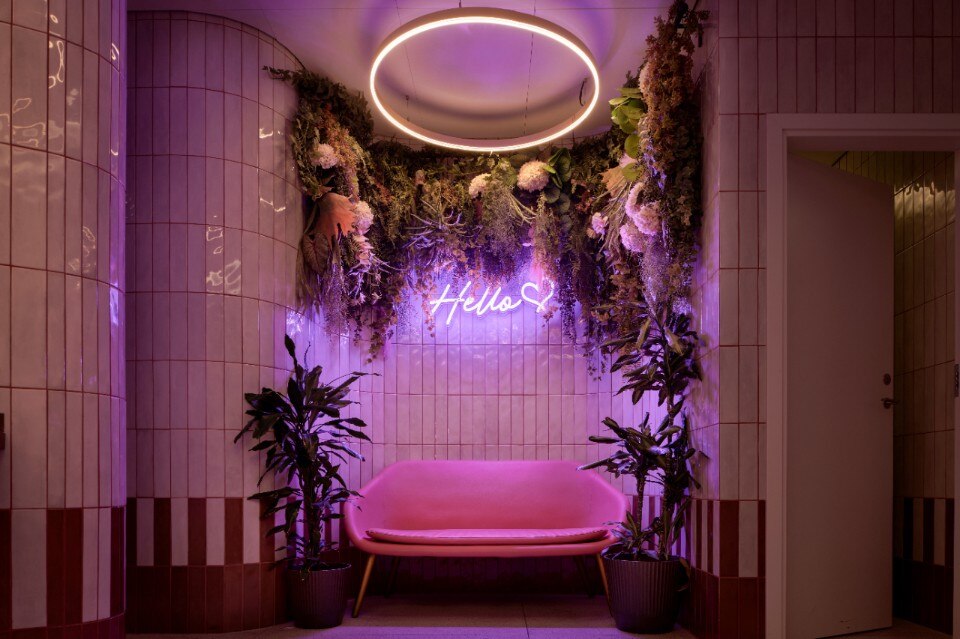During my visit to the Son-O-House, I quickly realised what it means not to be resigned to the existence of absolute space. Since Isaac Newton, this has been the foundation of the West’s vision of the world and was exalted in all its linearity by the Modernist constructors of the 20th century.
The space crossed and circumscribed by Lars Spuybroek and Edwin van der Heide’s structure never remains the same, regardless of the observer; but neither can it be called “relative”, in Einstein’s sense of the word, because the orientation of the curves of the floors, walls and ceilings is not based on a gravitational field that is independent from human perception. Instead, the interior of the house changes as soon as you move within it, which you are practically forced to do.
Rarely have I found myself in a room where the stimulus to move and look around has been so great. Actually, “looking” is not really the appropriate term because the space is not organised in a strictly visual sense (although that would be natural), but rather in such a way that the structure appears different from different points of observation. I would, instead, call it a space organised less in visual and more in sensory terms, because it works on the body as a whole.
It is a sort of “plastic interaction”, i.e. an interaction between the installation and the people visiting it, not mediated via an interface set between people and the installation, as nearly always occurs in cyberspace exchanges. Here, the exchange is experienced physically by the visitor and takes place in the spatial environment of the building, the form of which is filled with virtual sensations that are expressed as you advance inside it: feelings of sliding, pulling, opening, stiffening and distracted or attentive attention.
The Son-O-House is a sculpture that does not spring from a movement trapped in the material. The movement actually remains virtually present in the volume of the structure; it surrounds its material elements and, at the same time, permeates them. The same applies to the sounds emitted by the installation that Van der Heide has integrated into Spuybroek’s project. The speakers do not play music but a droning sound, the key of which varies according to the movements of those present in the various rooms.
Thanks to the phenomenon of interference, the frequencies emitted produce transversal waves, which differ in volume and pitch from one place to another, to a pattern that also varies according to one’s movements. Thus the music produced has a structure, not a score. Usually, music is a way to vivify time and make its passing physically perceptible. Here, thanks to the music, you notice the passing of space. The Son-O-House was primarily designed as an open-air artwork. When you ask Spuybroek and Van der Heide what concept inspired them, they answer with interesting comments on the bottom-up process, which they followed.
They believe the technical design is the basic concept, but I am convinced that it is impossible in this work to distinguish between form and concept, or between sign and meaning, simply because the house is the only sign in the world that contains its meaning. There is no other way to reflect on the sensations stirred by this building but to enter it and entrust all thoughts to your own body. This is something truly new not because it goes against the “old” (conserved in the archives of culture), but because it generates and stimulates a new field of physical experience. I am unable to say whether the Son-O-House is beautiful or ugly.
I believe that only when Spuybroek creates other works of this genre in the future – alone or in collaboration with Van der Heide – will it be possible to understand the meaning of a piece of architecture clearly based on a concept that, for the moment, we can only feel emotionally and rationally but that is certainly also spatial.
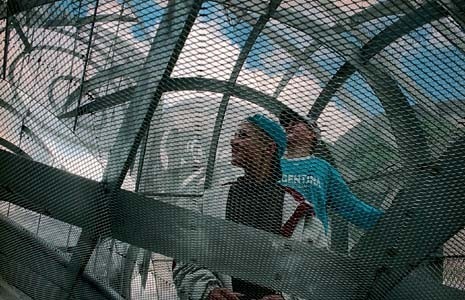
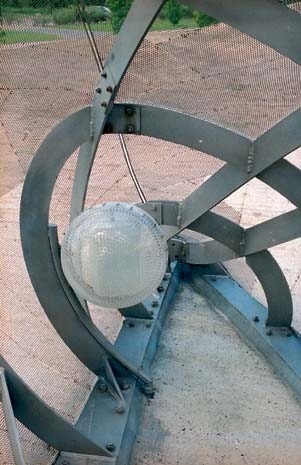
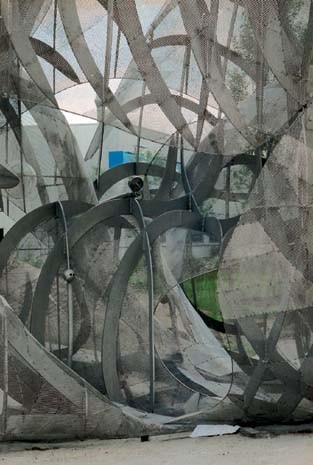
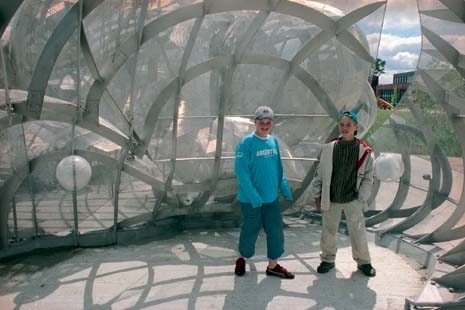
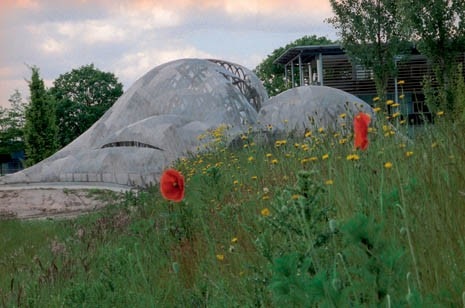

Technology meets aesthetics, with Cordivari
With their rhythmically textured external surfaces, the Run and Seven Lines fan coils become natural elements in the landscape of contemporary interiors.


